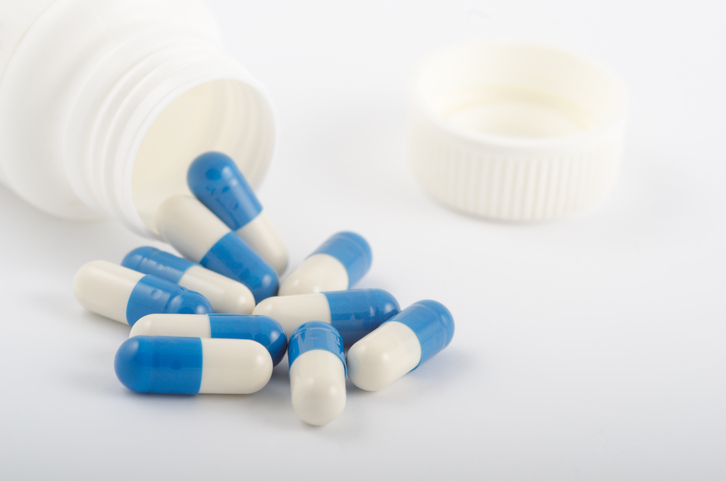
Healthcare providers need better algorithms to predict opioid dependency, especially among Medicaid patients, according to new research from Stanford University and Gainwell.
Stanford researchers teamed up with healthcare technology company Gainwell to use the company’s datasets — 180,000 de-identified Medicaid claims from six states (three in the Southeast, two in the West and one in the Midwest). Their research revealed that among patients who had never taken an opioid, 30% developed an opioid dependency following their first prescription. The study was published last week in PLOS Digital Health.
The research shows that a patient’s first experience receiving an opioid prescription is a crucial factor that can lead to opioid addiction, said Tina Hernandez-Boussard, a professor at the Stanford University School of Medicine and the study’s lead author, in an interview. Prescription quantity and duration are the two most significant factors that are predictive of opioid dependency, she added.
There are also certain opioids that are more associated with dependence, according to the study. Prescriptions for tramadol, often sold under the brand name ConZip or Ultram, as well as long-acting oxycodone were found to have the most addiction risk.
“Risk factors are not always intuitive, because I think intuitively a lot of people would think that the shorter-acting opioids would be more susceptible to misuse,” said Gary Call, Gainwell’s chief medical officer. “That’s sort of how we ended up with the opioid crisis. When the long acting ones were first marketed, they were supposed to be less prone to abuse.”
This finding is also interesting because tramadol has been historically marketed as a “safe” opioid that can be less addictive than others, Hernandez-Boussard pointed out. Neither Sanofi nor Janssen — both notable manufactures of the drug — responded to requests for comment.

A Deep-dive Into Specialty Pharma
A specialty drug is a class of prescription medications used to treat complex, chronic or rare medical conditions. Although this classification was originally intended to define the treatment of rare, also termed “orphan” diseases, affecting fewer than 200,000 people in the US, more recently, specialty drugs have emerged as the cornerstone of treatment for chronic and complex diseases such as cancer, autoimmune conditions, diabetes, hepatitis C, and HIV/AIDS.
Both Hernandez-Boussard and Call agreed that the goal of this research is to advance precision medicine by thinking about what predictive risk algorithms can be applied to opioid prescribing going forward, especially among vulnerable Medicaid populations.
“Most of the opioids research that we see being published is from academic medical centers’ private insurance patients, who might have different needs and different levels of risk,” Hernandez-Boussard declared. “Medicaid is really a vulnerable population where we don’t really know whether we need to treat them differently for pain management.”
Gainwell will use the study’s findings to develop new care management and predictive modeling products to predict opioid addiction risk, Call said. The company is designing these algorithms to account for social determinants of health, seeking to identify opioid-naive patients who are at higher risk of opioid dependency.
Once the tools are developed, it is Gainwell’s hope that they will help providers become more aware of the possible consequences of long-acting or high-quantity opioid prescriptions, potentially leading them to rethink the types of opioids they prescribe to opioid-naive Medicaid patients. These risk predictors can also be used to flag patients who may need educational outreach about the danger of opioid addiction and how to safely adhere to their treatment plan, Call said.
Gainwell’s development of these algorithms comes as the opioid crisis has exacerbated further — overdoses are now the leading cause of injury-related death in the U.S. During the 12-month period that ended in April 2021, more than 100,000 Americans died from drug overdoses, according to data from the Centers for Disease Control and Prevention. Of those deaths, about three-quarters involved opioids.
Photo: VladimirSorokin, Getty Images













